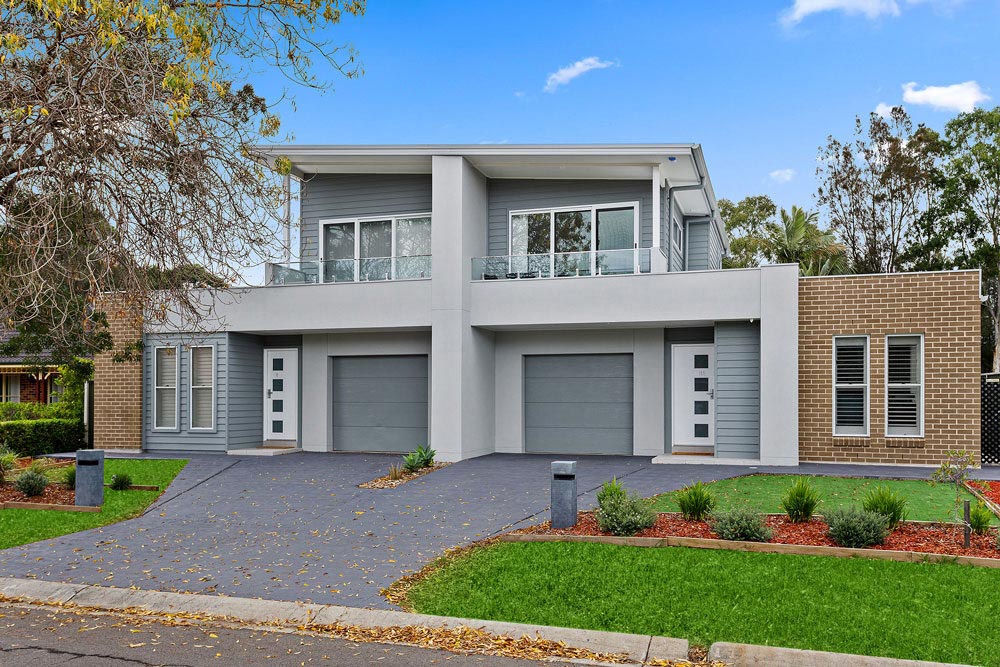Building a home from the ground up is an exciting and deeply personal journey. Unlike purchasing an existing house or selecting a pre-designed model, custom home construction gives homeowners full control over design, layout, materials, and finishes. The process, however, involves a series of complex and interconnected stages, each requiring careful attention and collaboration between homeowners, architects, and builders. Understanding these phases can help ensure a smoother experience and a more satisfying result.
Initial Planning and Budgeting
The earliest stage in custom home building is planning, with all the details. This is the moment when the future residents come up with the ideas they want to be installed in their heavenly home. It entails picking a spot, examining the land, and determining the must-have features and design elements they want. Budgeting is another very essential part of this early stage. Setting a realistic budget is paramount, which should include all the land costs, the fees of the design, construction, and finishing, as well as a contingency fund to cover any unexpected expenses.
Usually, homeowners cooperate with architects or custom home designers to begin the development of the initial plans. These specialists, apart from drafting the plan, also ensure its compliance with the budget and zoning codes.
Design and Pre-Construction
Once the basics are determined and the budget is settled, the design and pre-construction phase begins. During this part, the basic architectural plans are completed, and the homeowner also starts to cooperate with an interior designer if desired. The complete plans have to be signed off by the local building departments, and sometimes homeowner associations, depending on the area.
This phase also includes the selection of a general contractor or custom home builder who would carry out the whole range of the custom home construction work. The builders would provide the plan of the site and an estimate of the costs. At this moment, the most important decisions about the types of materials, appliances, finishes, and mechanical systems are made, and thus, the foundation is laid for the construction stage.
Site Saving and Foundation
With all the permits acquired and the plans approved, the site work begins. It is all about getting rid of the lot, making the ground level, and getting it ready for the base. This could be excavation or retaining walls, depending on the site and soil conditions. It is also during this stage that utilities such as water, sewer, and electricity are planned out. Laying the foundation is one of the most critical steps in custom home construction. A strong, level, and properly cured foundation sets the stage for everything that follows. Whether the home has a basement, crawl space, or slab foundation, precision and care during this step are essential to avoid future structural issues.
Framing and Structural Work
Once the base is established, the metal structure process is initiated. This is the duration during which the house structure begins to realize its form. The walls, floors, and the rooftop are constructed, and the overall arrangement is made out. During this period, the cuts for windows and doors are made, and trusses or rafters are inserted.
This part of the custom home building is the most electrifying because the house is beginning to look like its finished manifestation. Nevertheless, it is also time for inspections. The framing work has to comply with both the local building codes and structural standards before work can continue.
Meanwhile, the heating, cooling, air conditioning (HVAC) systems, solar, and smart home systems. This is also called the “rough-in” phase, trapped are the plumbing lines, electrical wiring, and HVAC systems are trapped. These happen before the walls hang the insulation and close up. This stage encapsulates the assembly of different systems, and it is tricky. The inner wall systems have to be installed and inspected for safety and functionality. The frosty execution of the water system, HVAC, and electrical circuits in particular will cost a lot of money later.
Filling and Patching
After the accomplishment of the mechanical systems, insulation is employed. This serves to maintain energy efficiency. The drywall board is first put up, then taped, and finally finished, giving the inside a smooth surface for painting. At this point, the home truly begins to feel like a livable space.
The interior finishes come next and may include cabinetry, countertops, flooring, paint, tile, and fixtures. This is often the liveliest part of custom home construction, where the homeowner’s character is reflected. Lighting, hardware, and appliances also transform the building into a functional home.
Outdoor Work and the Landscaped Environment
As the interior is completed, work on the exterior goes on. Siding, roofing, windows, and doors are put in and enhanced to weatherproof the house. Driveways, walkways, decks, and patios are also built.
The part of the landscaping is the very last segment of the outside work. Trees, shrubs, lawns, and irrigation systems are installed not only to beautify the house but also to ensure proper drainage. This phase marks the completion of the property’s visual transformation.
Complete Walk-Through and Move-In
The final phase of a custom-built home deepens a thorough walk-through with the builder. The homeowner checks each and every part of the house and notes any discrepancies or slight extras that need to be corrected. At this visit, testing of the systems is done, brochures are issued, and training on maintenance is given.
When the final touch-ups are made and the approvals are secured, the homeowner is handed over the keys and can occupy their new house. The path can indeed be long and sometimes treacherous; however, custom home building leads to one-of-a-kind residences that meet exactly the owner’s desires, lifestyle, and vision.
